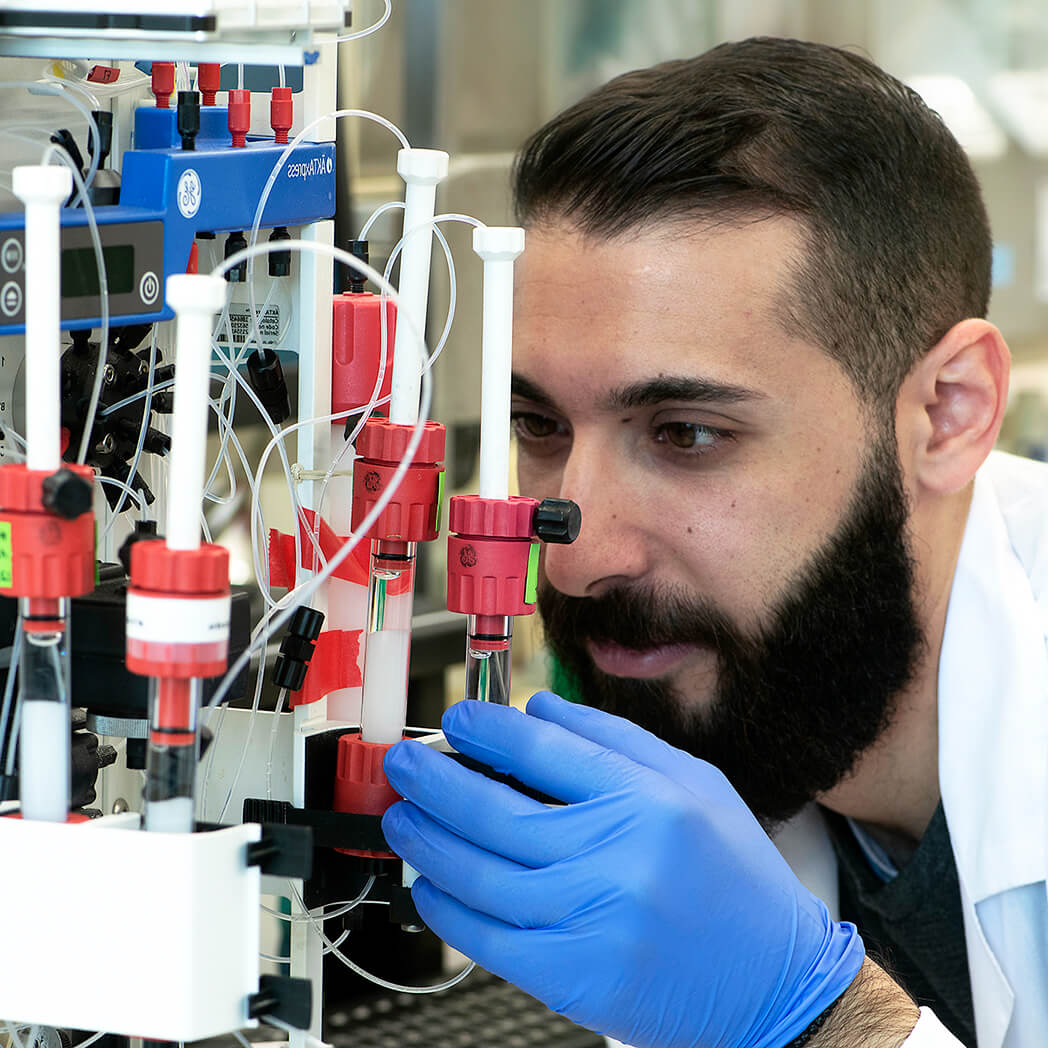Overview
Cat #:
Size:
10 g
Lot:
L100SM0110
Lyophilized Powder yes
Source Synthetic
MW: 513.5
Purity: >99%
Effective concentration 1-100 µM.
Chemical name 4-(4-Chlorophenyl)-4-hydroxy-N,N-dimethyl-α,α-diphenyl-1-piperidinebutanamide hydrochloride.
Molecular formula C29H34Cl2N2O2.
CAS No.: 34552-83-5
Activity Loperamide hydrochloride inhibits (IC50 = 2.5 μM) HVA CaV in hippocampal cells. It acts as a μ-opioid receptor positive modulator and also affects NMDA receptors1.
References-Activity
- Church J. et al. (1994) Mol. Pharmacol. 45, 747.
Shipping and storage Shipped at room temperature. Product as supplied can be stored intact at room temperature for several weeks. For longer periods, it should be stored at -20°C.
Solubility Ethanol. Centrifuge all product preparations before use (10000 x g 5 min).
Storage of solutions Up to four weeks at 4°C or three months at -20°C.
Our bioassay
 Alomone Labs Loperamide hydrochloride inhibits L-type voltage-gated Ca2+ currents heterologously expressed in Xenopus oocytes.A. Time course of CaV1.2/α2-δ1/β2a (L-type) current inhibition by 20 µM of Loperamide hydrochloride (#L-100). Currents were elicited by application of voltage steps from a holding potential of -100 mV to 0 mV (100 msec). B. Superimposed example traces of current responses before and during perfusion of 20 µM Loperamide hydrochloride as indicated.
Alomone Labs Loperamide hydrochloride inhibits L-type voltage-gated Ca2+ currents heterologously expressed in Xenopus oocytes.A. Time course of CaV1.2/α2-δ1/β2a (L-type) current inhibition by 20 µM of Loperamide hydrochloride (#L-100). Currents were elicited by application of voltage steps from a holding potential of -100 mV to 0 mV (100 msec). B. Superimposed example traces of current responses before and during perfusion of 20 µM Loperamide hydrochloride as indicated.
Target L-type, T-type Ca2+, HCN channels, NMDA, μ-opioid receptors
Lyophilized Powder
For research purposes only, not for human use
Last Update: 30/03/2021
Specifications
Citations
Citations

